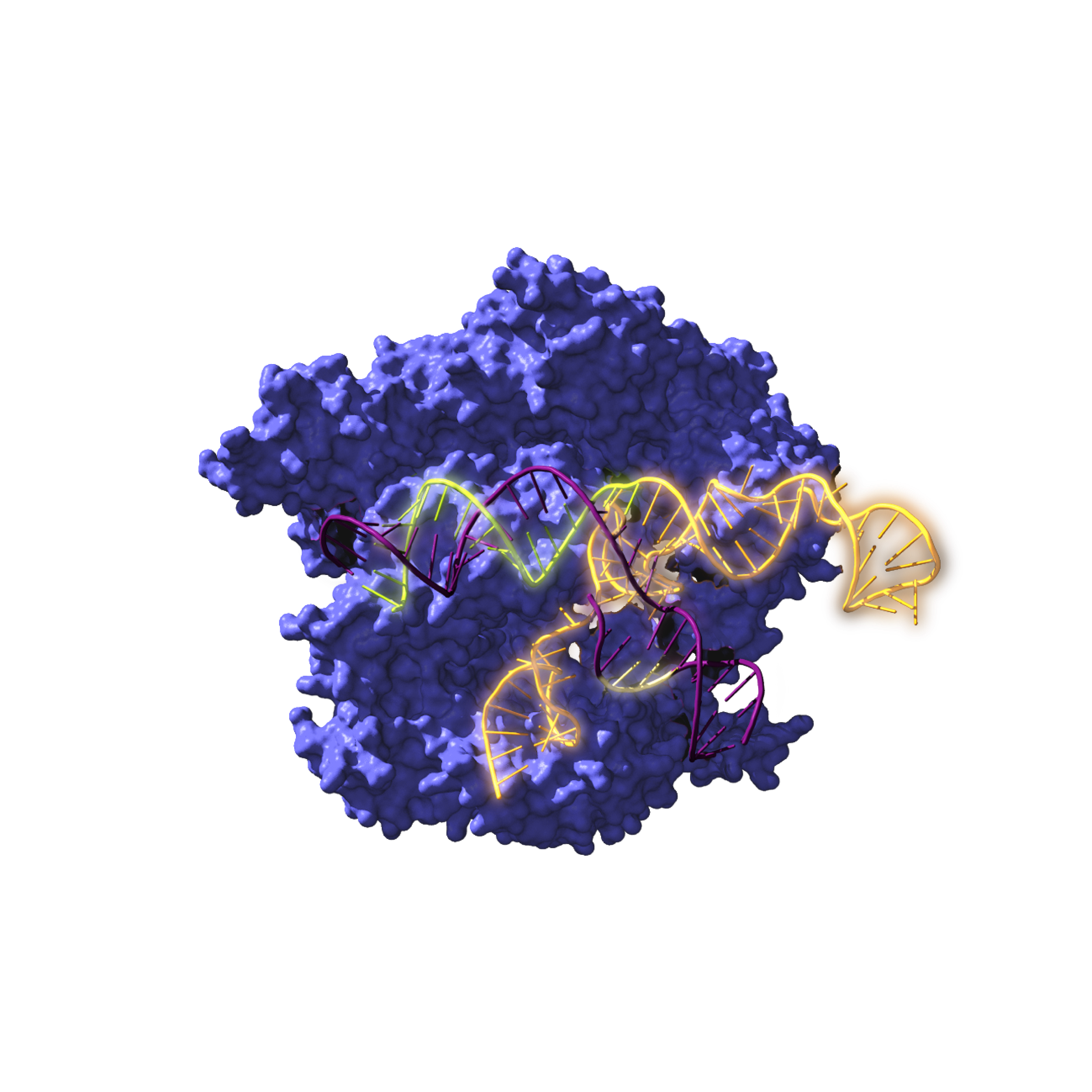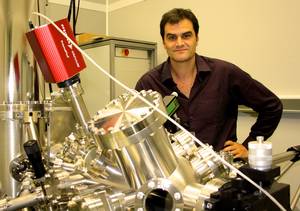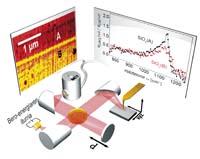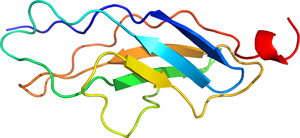They rebuild the CRISP-Cas systems 2,600 years ago and demonstrate their functionality
2023/01/03 Elhuyar Zientzia Iturria: Elhuyar aldizkaria

To find new versions of CRISPR-CAS systems, some researchers resort to the past. This has been done by an international group led by Rául Pér-Jiménez, researcher Ikerbasque of CIC nanoGUNE, who, through bioinformatics techniques, have managed to reconstruct the evolutionary history of CRISPR-Cas systems from the forests of 2,600 million years ago to the present day.
Synthesizing these ancient sequences, they have tested them in human culture cells and confirmed their functionality as instruments of genetic editing.
They also find that the CRISPR-Cas system has become more complex over time. In fact, it is part of the bacteria mechanism, which has been adapting to new viral threats that have suffered during evolution. Therefore, research is useful to analyze in current organisms how CRISPR instruments have been developed to generate new resources and improve derivatives of existing ones.
They stress that the simplification of the old CRISPR-Cas systems has an implementation advantage. In fact, today's systems are very complex and adapted to work inside a bacteria. When used outside, for example in human cells, the immune system rejects. In addition, there are molecular restrictions that limit its use.
Some of these restrictions have disappeared in old systems, making them more adaptable to new applications. So they've realized that they're an excellent multi-use tool for correcting mutations that so far could not be edited or repaired with little effectiveness. They state that this opens up new avenues for DNA manipulation and for the treatment of diseases such as multiple lateral sclerosis, cancer or diabetes, as well as for the diagnosis of diseases.
The research has been published in the journal Nature Microbiology and among its authors, along with those of the CICN, there are researchers and reference centers of Spain and international such as the Francis Mojica team of the University of Alicante; Lluís Montoliu (CNB-CSIC and CIBERER); Marc Güell, member of the BenussRamón Medico Hospital. Grande and PélvyMayor; and Ramón, de Benachi; Paranco.

Gai honi buruzko eduki gehiago
Elhuyarrek garatutako teknologia





